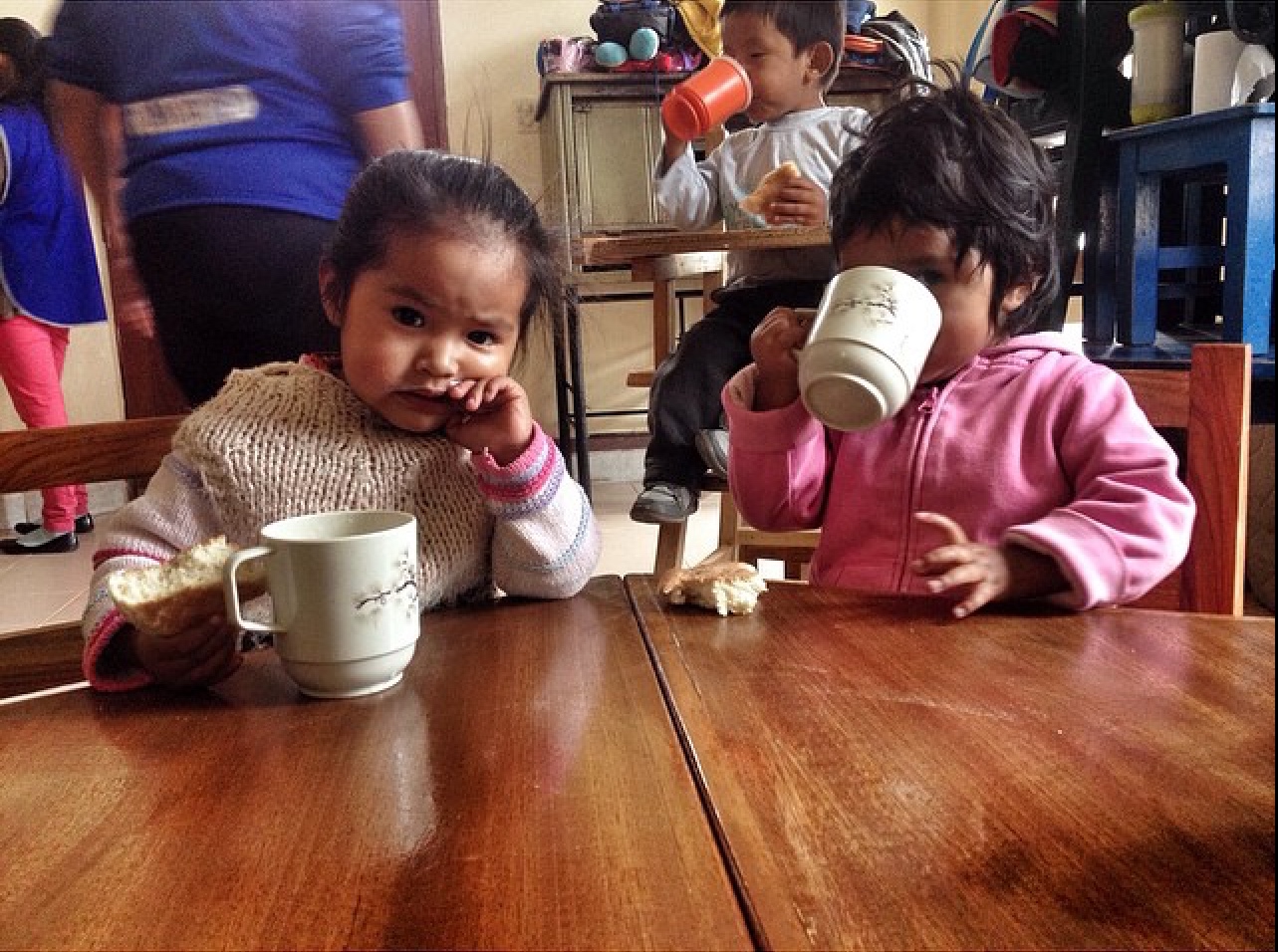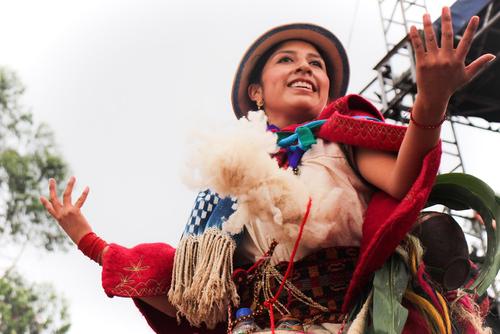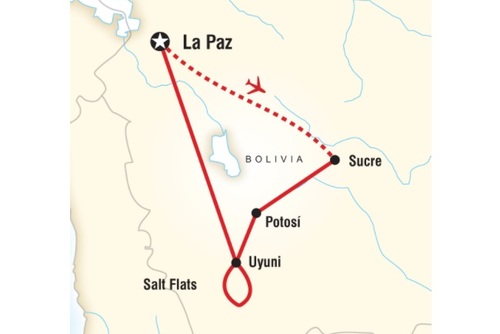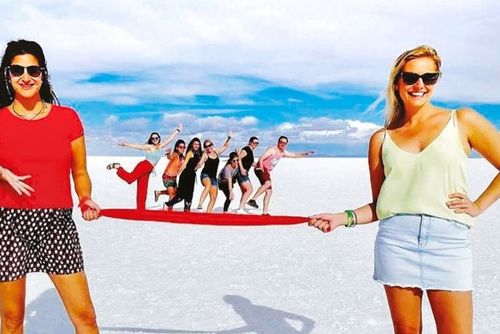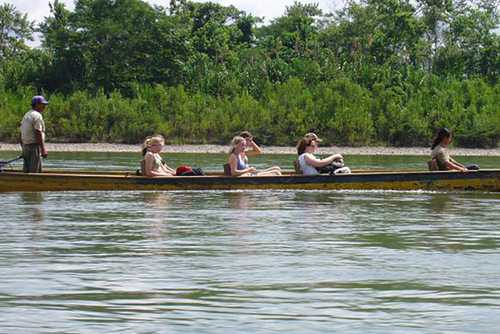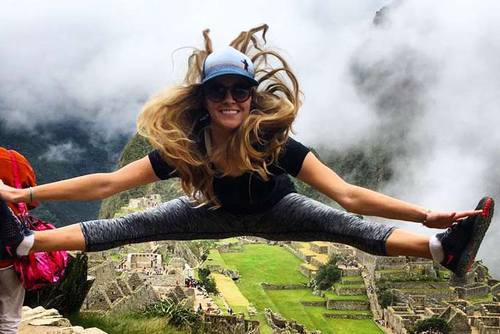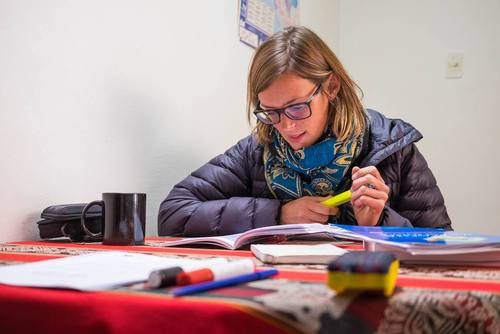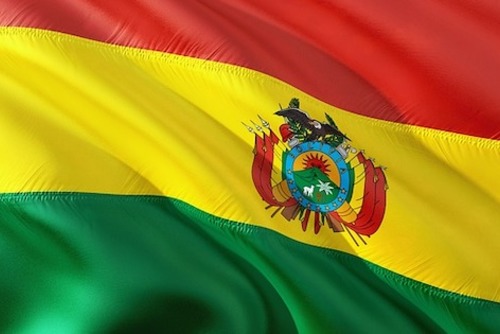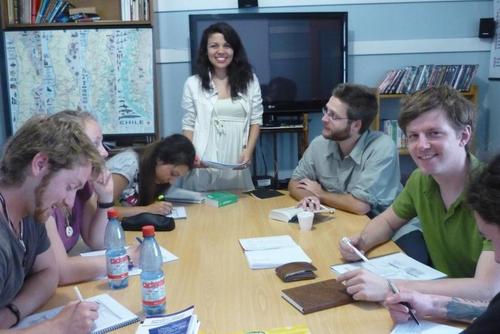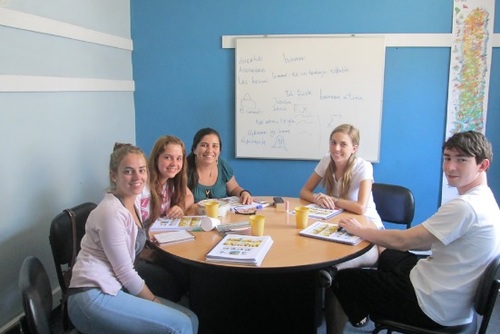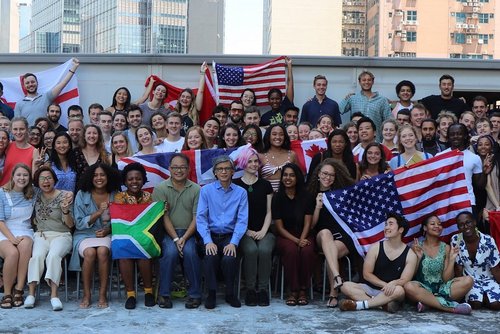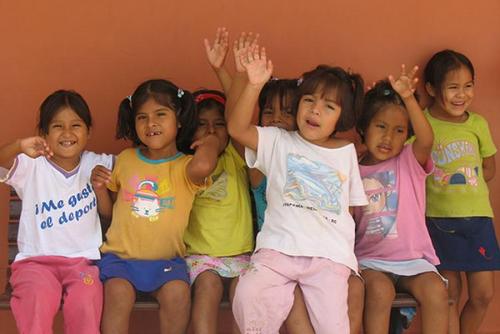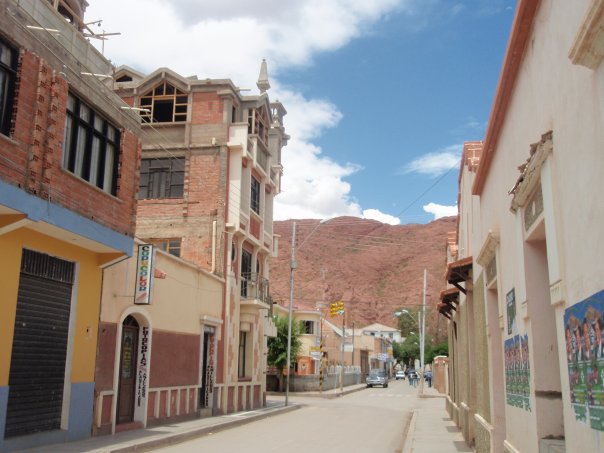Check out our top 5 things you should know before applying...
1. Language
First of all, it is absolutely useless to rely on English alone in the communication process - basic level of Spanish is must to get by in Bolivia. And it is true in all Latin American countries.
Before you arrive, pick up the elements of the language or book a Spanish course in Bolivia.
2. People
Secondly, Bolivia has the largest proportion of indigenous population in Latin America.
The largest ethnicities are the Quechuas, Aymaras, then Chiquitano, and Guaraní. Although the main language spoken is Spanish, all indigenous languages are official in the country, and the most common are Quechua, Aymara and Guarani.
Therefore, if you plan to volunteer in the villages, where most of Amerindians dwell, it will be critical to pick up one of these languages alongside Spanish, depending on where you go.
For instance, in Cochabamba Quechua is widely spread due to the large proportion of the Quechuas in the department.
3. Altitude
Thirdly, please, keep in mind an effect of the high altitudes. La Paz, Potosi, Oruro are in the list of the highest cities in the world.
These cities are located at more than 3500 m above the sea level. So you have to be very careful before you adjust to it. Be aware of the basic symptoms of the acute mountain sickness such as headaches and dizziness.
Move slowly and drink more water to prevent dehydration at least first 48 hours. For instance, locals chew coca leaves to fight these symptoms as well as stay awake and stimulate brain activity. Try it also as a cultural experience.
4. Weather
Forthly, remember that in the Southern hemisphere seasons take place in the opposite time of the year in comparison to the Northern hemisphere.
Winter, or dry season, starts here in May and lasts until October. The rainy season is from November to April respectively. But the climate differs in accordance with the landscape, and the changes in temperature are quite brusque. In tropical lowlands (Santa Cruz) it is hot, humid and sticky most of the time.
Moving northwest (La Paz) it is also hot and humid, but temperatures drop significantly in winter. And it is the rainiest region in the country. And in the central valleys (Sucre and Cochabamba), perhaps, there is the most moderate and pleasant climate.
I stayed in Sucre from April to July - days were warm, but evenings were cool yet not freezing to enjoy it to the full wearing a warm sweater.
5. Do it Alone
And finally, you can volunteer independently - if you a spontaneous player, unwilling to stick to specific rules and limitations, you can 'self-employ' yourself without any mediator's assistance. Please, check my article on One World 365's Bolivia volunteer directory. Mindful volunteering to all of you.
By Irina Yugai
Related Pages
- South America free volunteer programs
- Bolivia teaching jobs
- Bolivia TEFL courses
- Bolivia backpacker tours

